 |
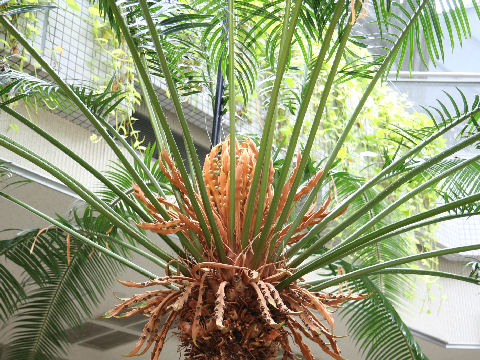

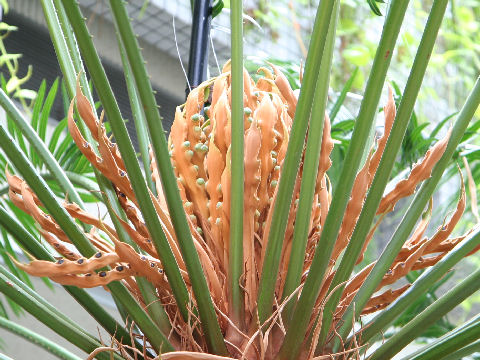

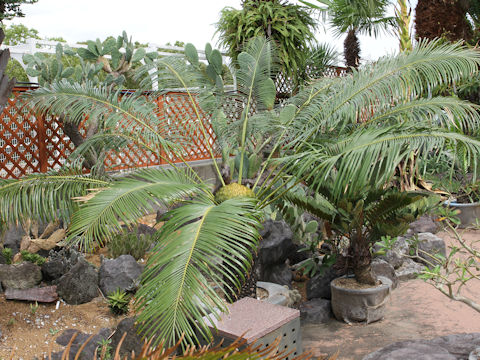

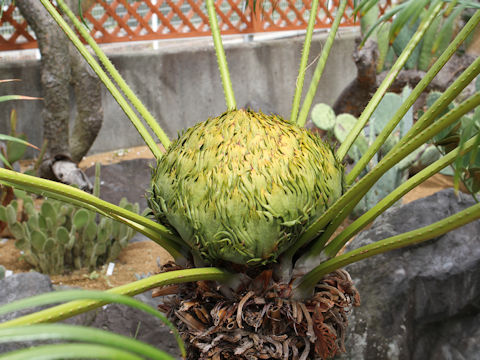

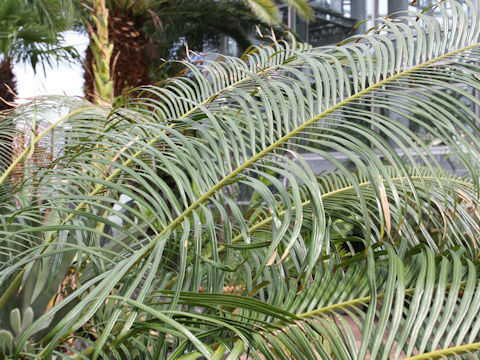

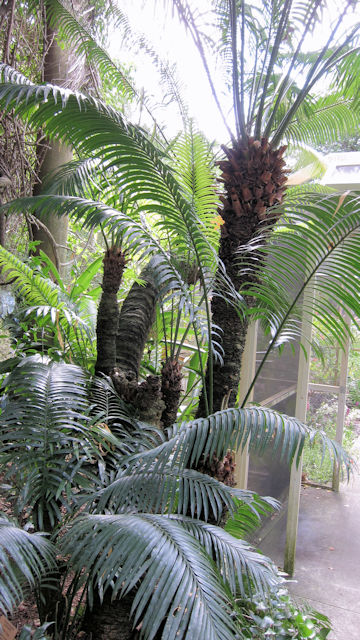

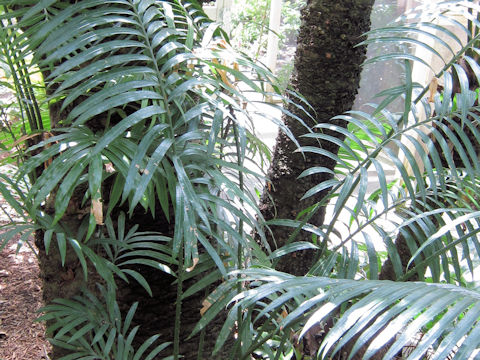

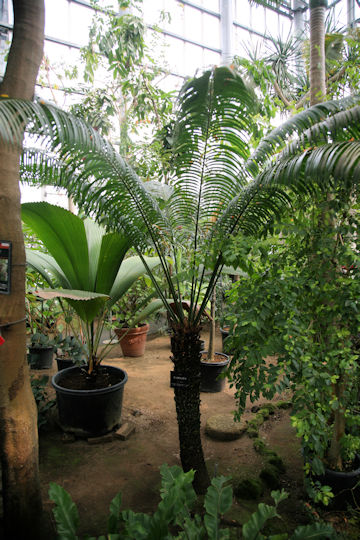

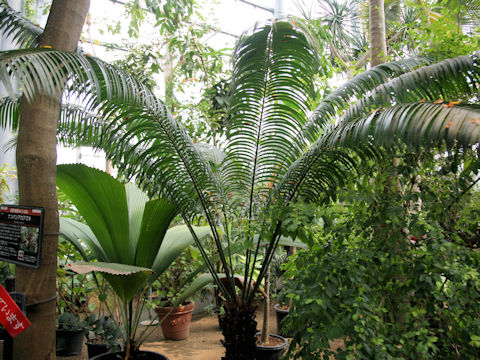

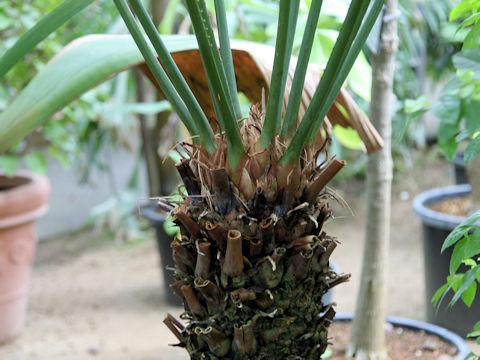

|

|
ChlVAÌX}g©çpvAj
[MjAɪzµÄ¢Ü·B³ÍR`PO[gÙÇÉÈèA²Íª}µÜ·BtÍHó¡tÅ·³ªPDT`QDT[g èA²¸ÉÖ¶óÉ«ܷBÄɲÌæ[ÉÔð¾µÜ·BíqÍG½È|`ÅAòFÉnµÜ·Ba¼ÅÍuÈñ椻ÄÂiìmhSjvÆÄÎêÜ·B
|

|
\ecÈ\ec®ÌíÎáØÅAw¼Í Cycas rumphiiBp¼Í Queen sagoB
|

|
The Queen sago (Cycas rumphii) belongs to Cycadaceae (the Cycad family). It is a small evergreen tree that is distributed to the eastern Sumatra Island and Papua New Guinea in Indonesia. The trunk is branched and the height is about 3-10 m. The leaves are 1.5-2.5 m long, pinnate compound and arranged in whorls atop of trunk. It will produce a cluster at the tip of the trunk in summer. The seeds are flat obovate and ripe in orange brown. In Japanese, it is called "Nanyo-sotetsu" (South Sea sago palm).
|

|
[ãEP] åãsß©æuçâ±ÌÔÙvÉÄA2006N0829úBeB
[Q`S] ¯ãÉÄA2017N0915úBeB
[TEU] AJEt_BuTPK[fYvÉÄA2011N0517úBeB(photo by Jon Suehiro)
[V`WEº] xRsw¬uxR§A¨vÉÄA2025N0321úBeB
|











